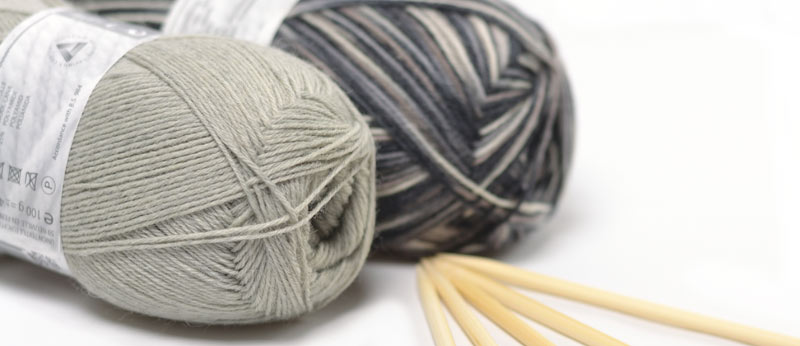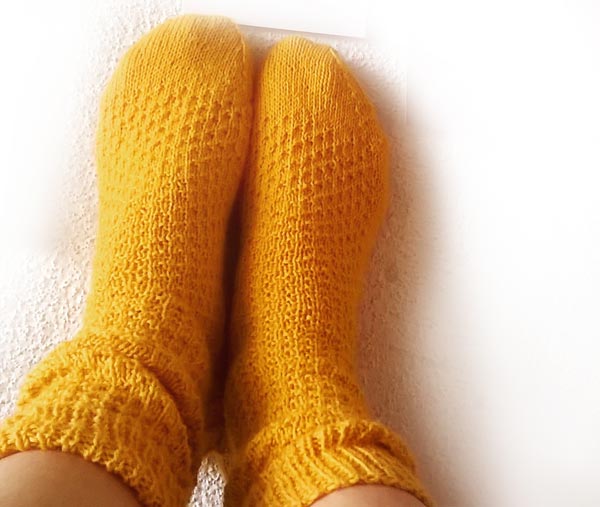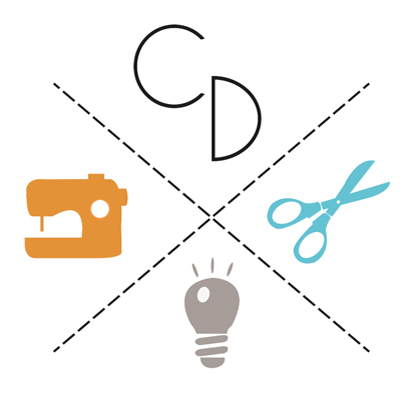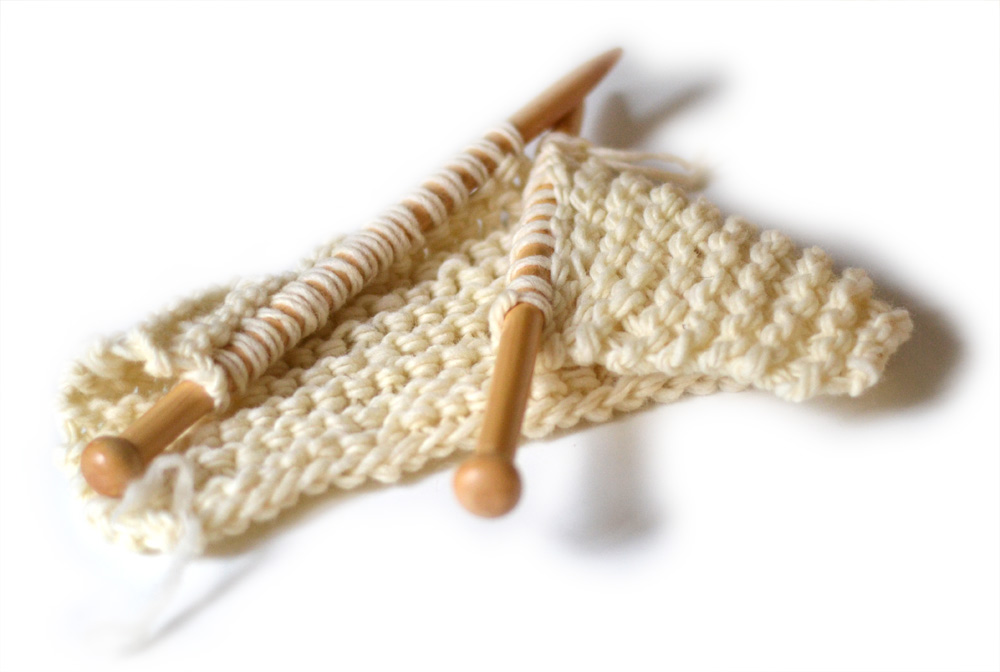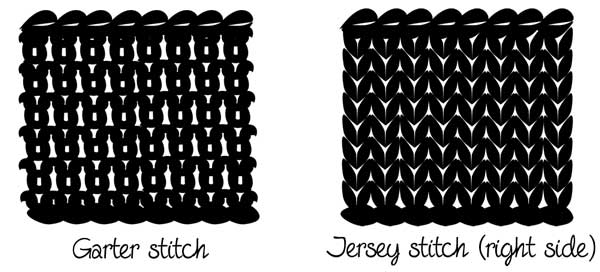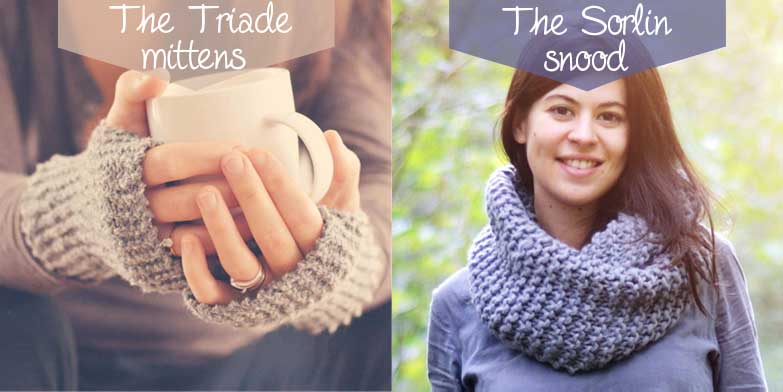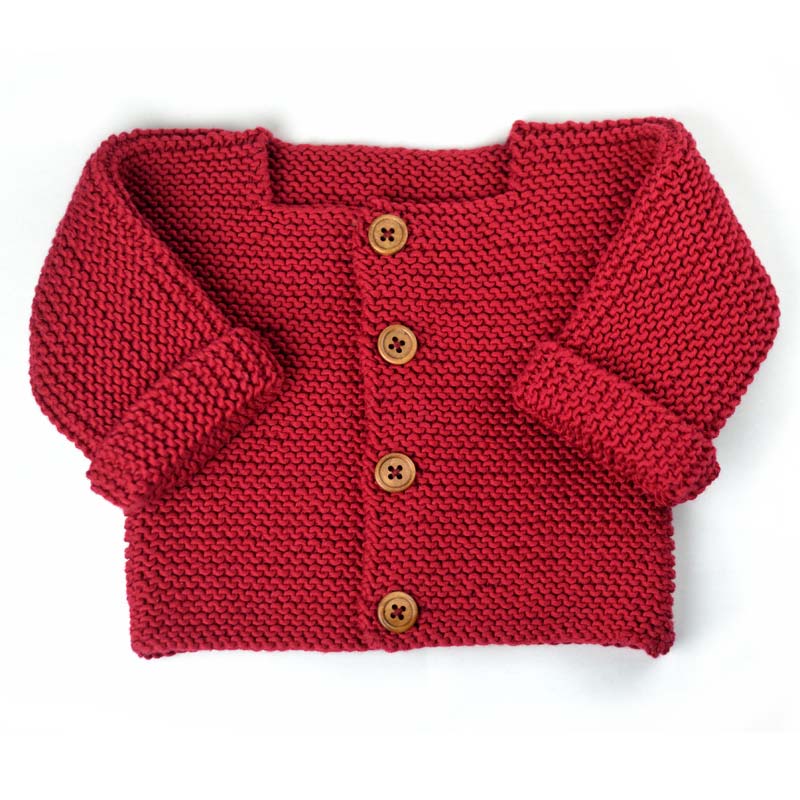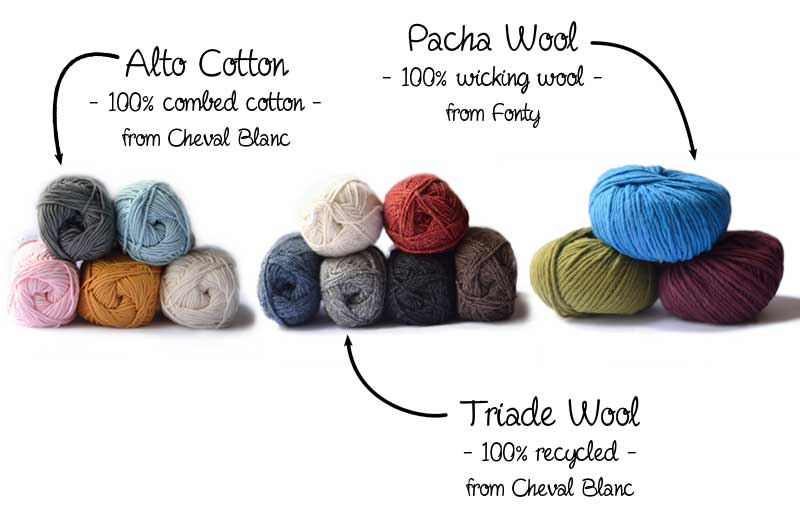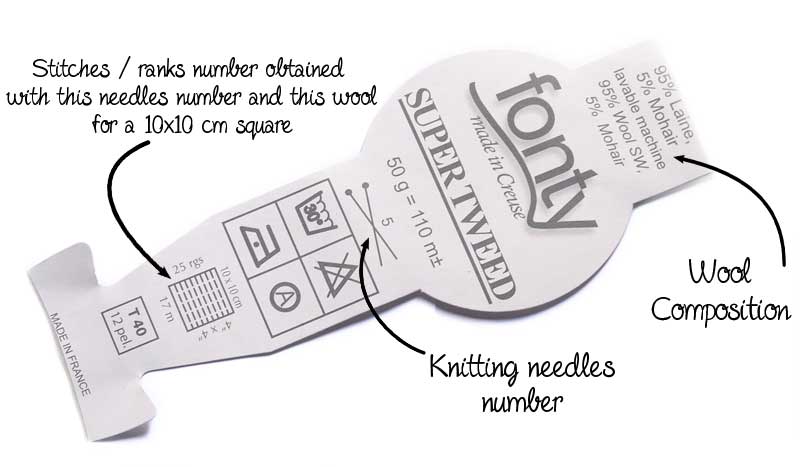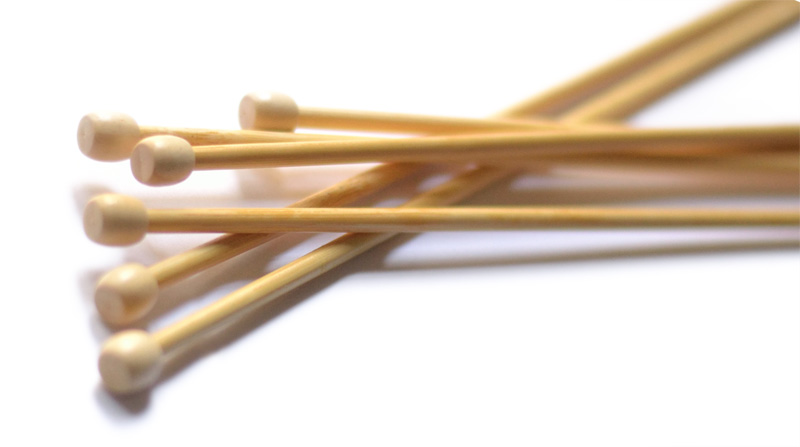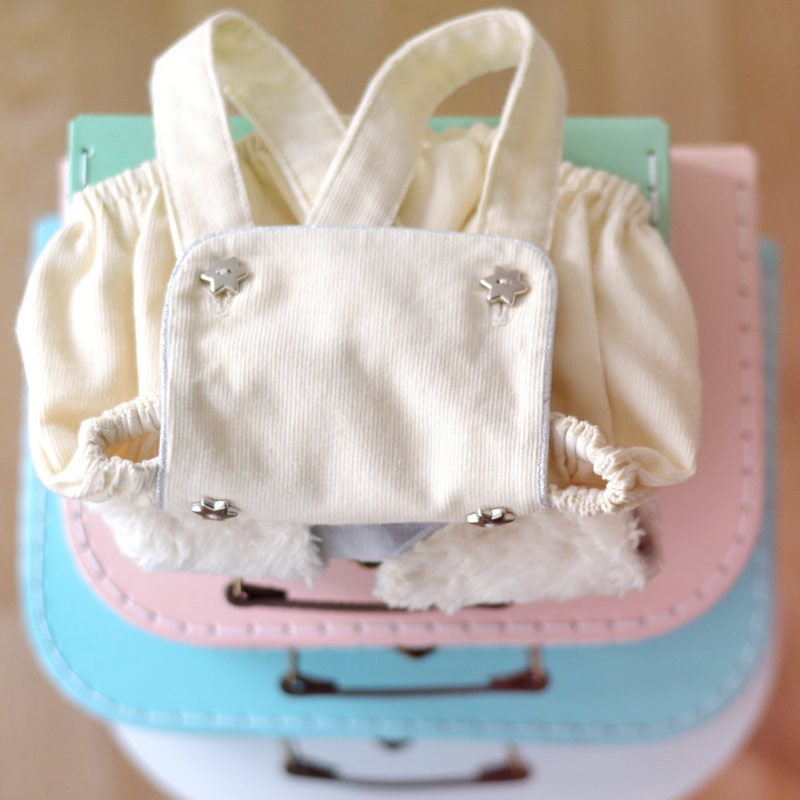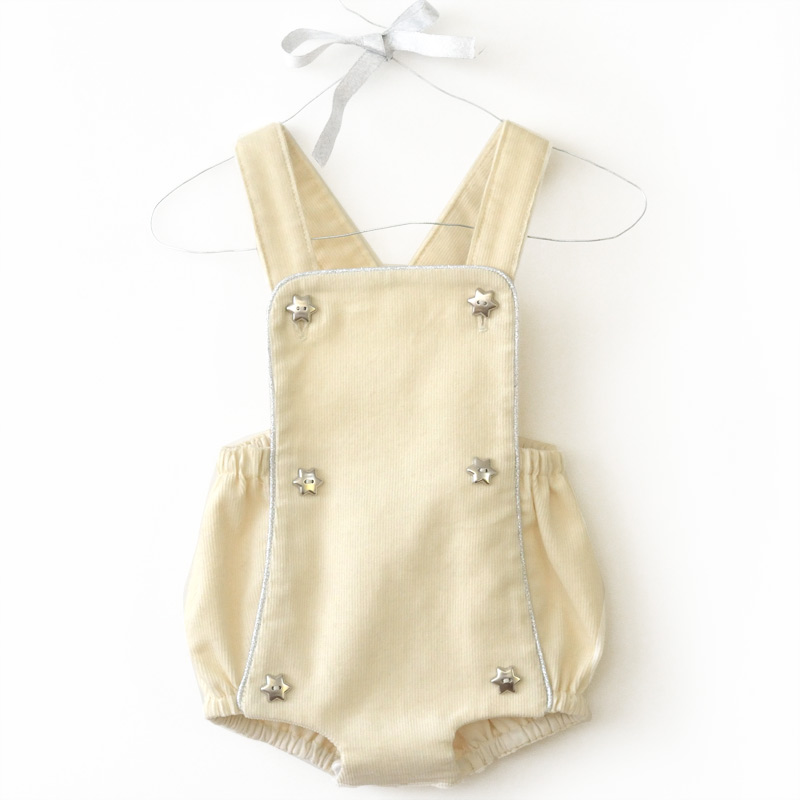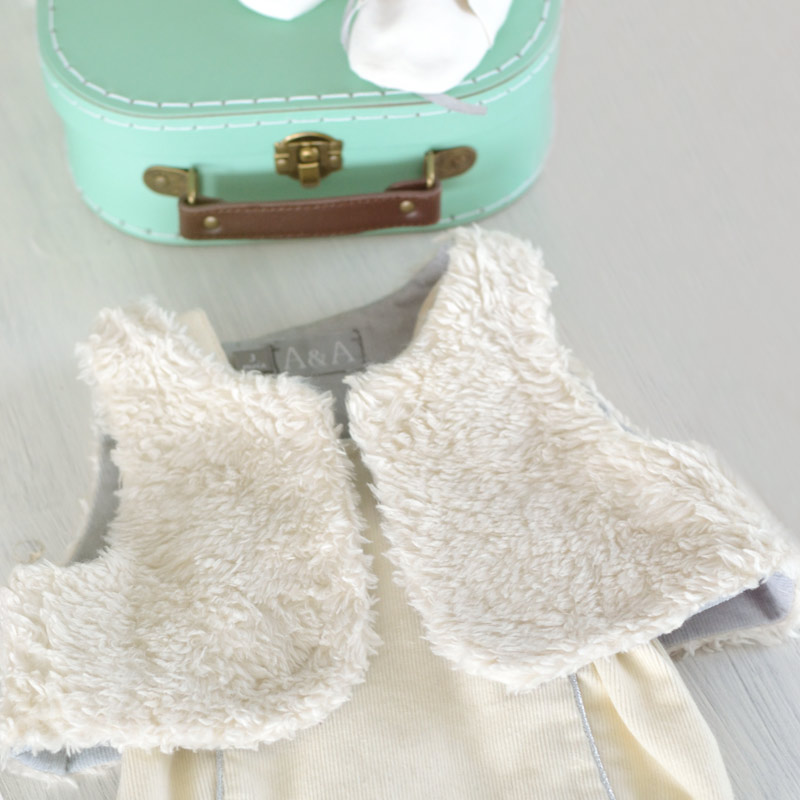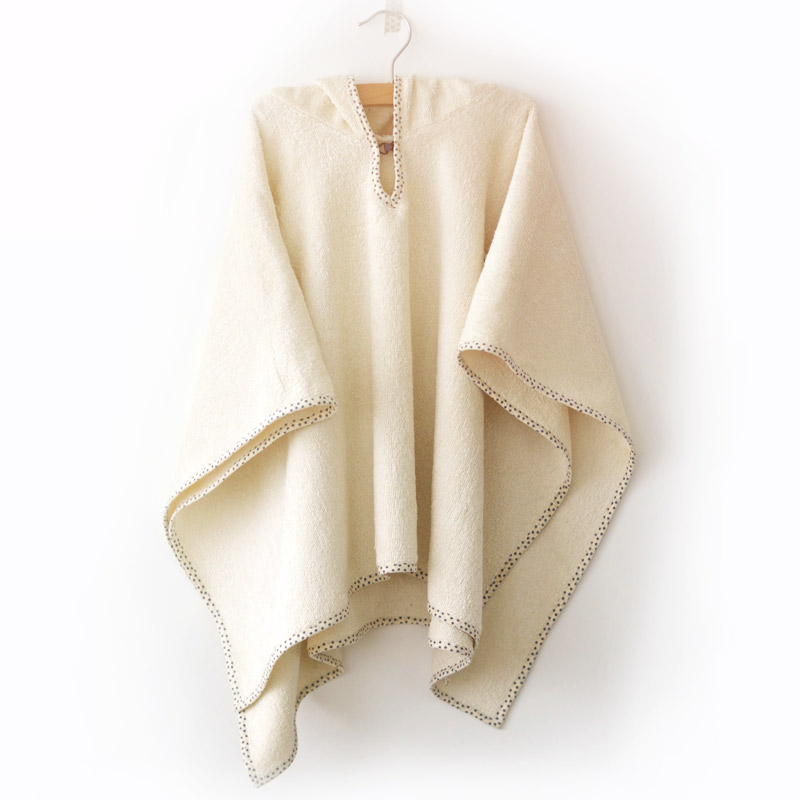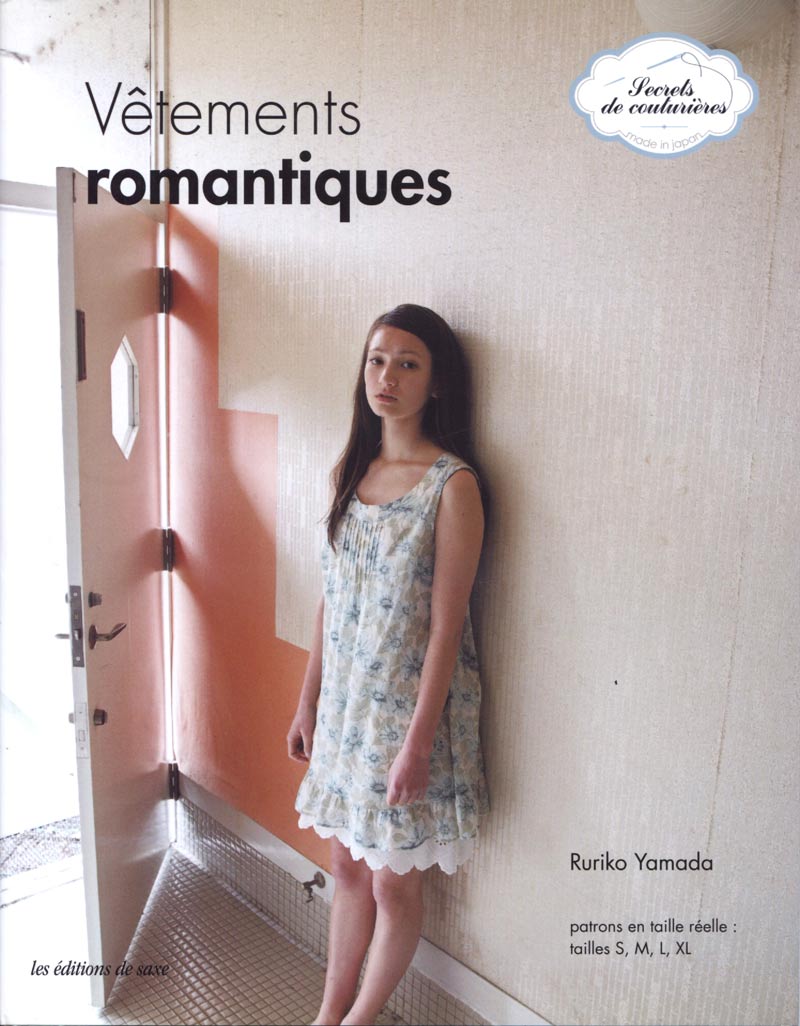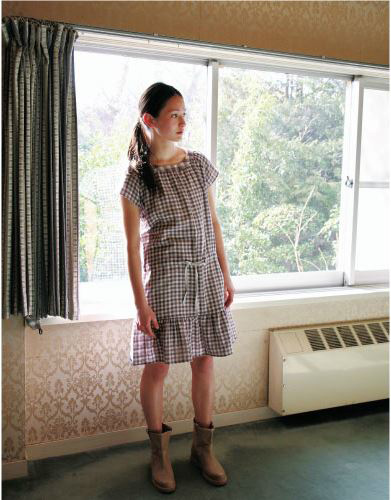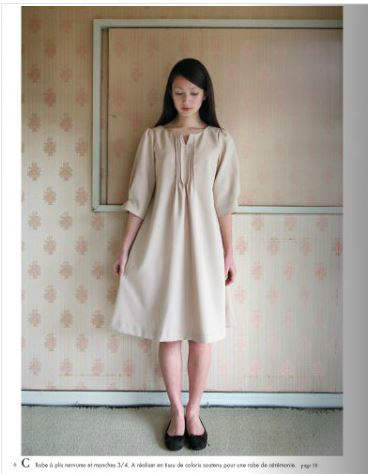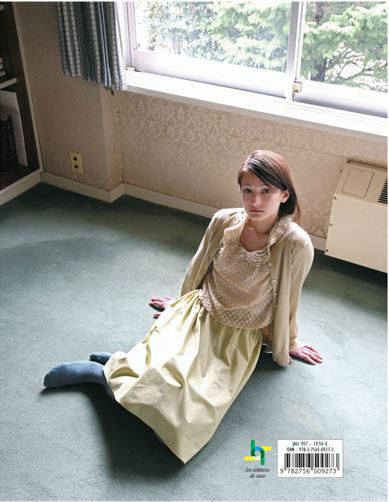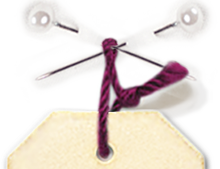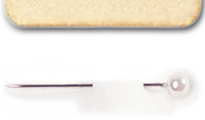You dream of a nice warm pair of socks for this winter and you know how to knit? Two positive points to finally get you started.
The equipment
- 1 set of 5 KnitPro double-tipped needles or 3 mm circular needles
- 1 wool ball Balade from Cheval Blanc
- 1 simple socks model
The method
Knitting socks can be a little scary seen from afar, to start we knit in circles!
But don't worry, knitting in circles is not difficult, here is a video that could help you.
Traditionally, socks are started with the upper and lowered to the toes. Other models are presented in the other direction which can be not bad to try your sock at the same time as you knit.
Stem and foot are not difficult to knit. For the heel, there are many methods depending on the desired rendering. You ask me the best heel method, here is one (in English on ravelry).
The tip is the rewarding period of the sock: the final cuts! It asks to realize decreases according to the model, nothing complicated.
Knitting needles
The double-tipped needles are not very easy to handle at first, but after a first handling, it goes pretty fast.
With KnitPro circular needles , you will use the magic loop method. It is a simple method which, for my part, takes a little longer.
I advise you to take needles n°3. Tiny you tell me? But it is the ideal number for the socks, thicker than in the trade and thus quite warm but thin enough all the same to continue to enter in your shoes!
The wool
Which wool will you choose? This choice is not insignificant. If you're going to knit socks, they might as well keep your feet warm and last a long time, right?
The ideal wool should contain a majority of wool and a little polyamide. Polyamide will allow the sock to resist friction. We suggest you our favourite wool:
- The Balade from Cheval Blanc balls.
Among this wool, you will have the choice between many colors but also the ecological range! A yarn made from 100% recycled fibres: 70% wool, 20% polyamide and a mixture of 5% other fibres.
If you want to make original, lean for the two-tone , you'll never get tired of it.
This wool is knitted with needles n°3, still our ideal number to knit your first pair of socks.All you need is only one ball to make your pair of socks.
.
The pattern
Now let's go, you'll see, knitting socks is a wonderful experience! But which model to choose?
Crucial choice because knitting socks can be a bit long, especially that you have to knit 2. You therefore need a model that will not tire you so that you remain motivated for the 2nd sock.
Even if a simple jersey model can attract you at first sight, I advise you rather to start with a relief stitch or with an easy cable stitch.
If you have a Ravelry account (the knitting facebook), otherwise I advise you to open one, it's easy and free (be careful the website is in English). Some easy patterns are available in French:
- Pretty harbour (english)
Personally, I also really like these and their little cross motifs.
Have you decided? Then go for it. Warm socks for Christmas is a good gift idea, right? Do not hesitate to share your creations in wool socks Stroll on our Facebook page or Instagram #aetapatrons.








